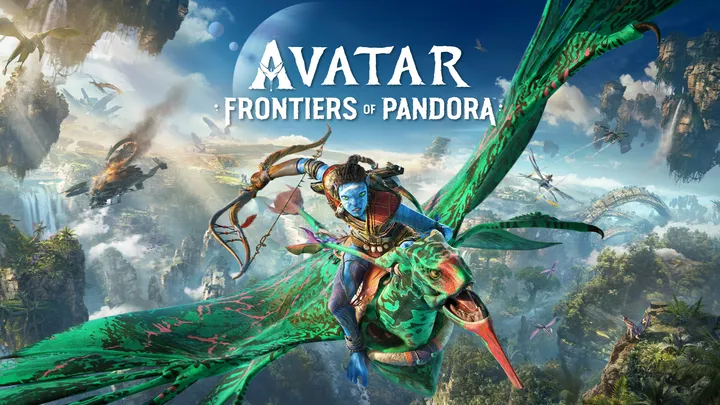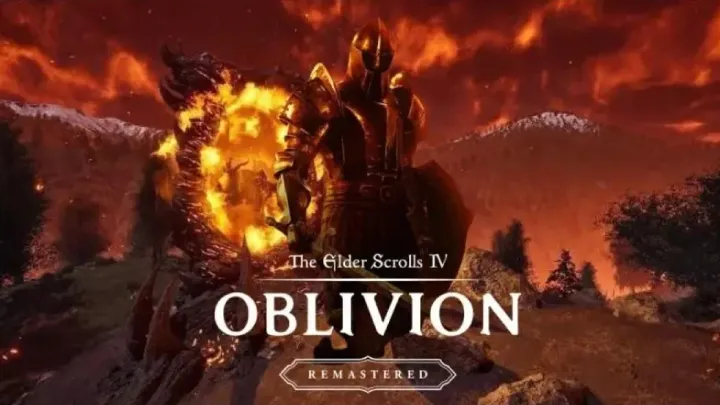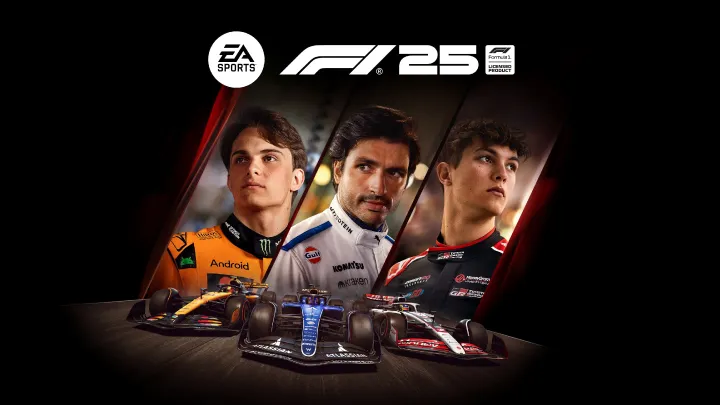
Free Fire x NARUTO SHIPPUDEN: How to Play, Improve, and Win Matches Step by Step
Learn how to play Free Fire x NARUTO SHIPPUDEN with a complete how-to guide covering skills, combat tactics, movement, strategy, and winning matches consistently.
December 24, 2025
Top 5 Finance Apps and the Silent Reshaping of Financial Judgment
Explore how top finance apps subtly influence financial judgment, risk perception, and responsibility through convenience-driven interface design.
December 24, 2025
Avatar: Frontiers of Pandora™ – How to Explore, Survive, and Master Pandora Step by Step
Learn how to play Avatar: Frontiers of Pandora™ with a complete how-to guide covering movement, stealth, combat, crafting, and survival in Pandora’s open world.
December 24, 2025
Destiny 2 – How to Master a Hot Game That Redefined Online Action Shooters
Destiny 2 is a hot game combining FPS action and RPG depth. Learn how to start, choose classes, master gear, and enjoy evolving PvE and PvP content.
December 24, 2025
Sonic Rumble – How to Play the Hot Game Bringing Fast-Paced Party Action to the Sonic Universe
Sonic Rumble is a hot game that blends Sonic speed with party-style multiplayer chaos. Learn how to play, survive rounds, and dominate fast-paced matches.
December 24, 2025
Editor Choice
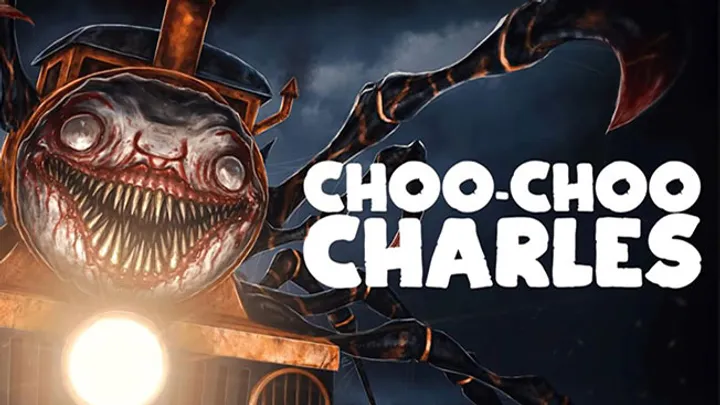
Choo-Choo Charles
"Choo-Choo Charles" is a captivating indie horror game that successfully blends exploration, survival, and psychological terror.
The Elder Scrolls IV: Oblivion Remastered
The Elder Scrolls IV: Oblivion Remastered strikes a careful balance between nostalgia and modernization.
Grand Theft Auto: Vice City
Grand Theft Auto: Vice City is not just a game—it’s a time capsule. By blending stylish visuals, an unforgettable soundtrack, and groundbreaking freedom, Rockstar delivered an experience that shaped modern gaming.
My Talking Tom Friends 2
"My Talking Tom Friends 2" successfully blends simulation, creativity, and social interaction in a delightful mobile experience.
AION2
AION 2 successfully builds on the legacy of its predecessor, delivering a rich and immersive MMORPG experience that appeals to both veterans and newcomers.
Most Popular

Poppy Playtime - Chapter 4

Brother Hai's Pho Restaurant

Super Bear Adventure

Grounded 2

Simpsons [HORROR]

GTR Drift Simulator 3D Race
News

Exploring the Challenges of Content Moderation in Minecraft
Minecraft is vital for maintaining a safe community, demanding collaboration and innovative solutions to ensure a positive experience for all players.
December 22, 2025
Lastest Reviews

Unpacking the Narrative Themes in Digimon Story: Time Stranger
December 22, 2025
Read more

The Narrative Depth and Thematic Exploration in DOOM: The Dark Ages
December 22, 2025
Read more
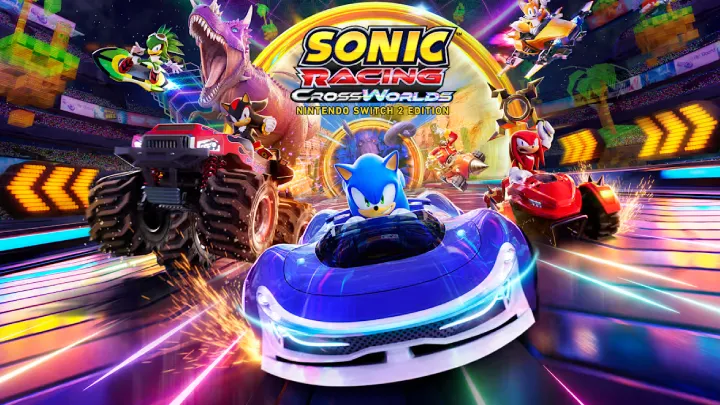
The Thrills and Challenges of Sonic Racing CrossWorlds: Navigating the Cross-Platform Phenomenon
December 22, 2025
Read more

The Evolution of Competition in Mario Kart World: Balancing Skill and Luck
December 22, 2025
Read more

